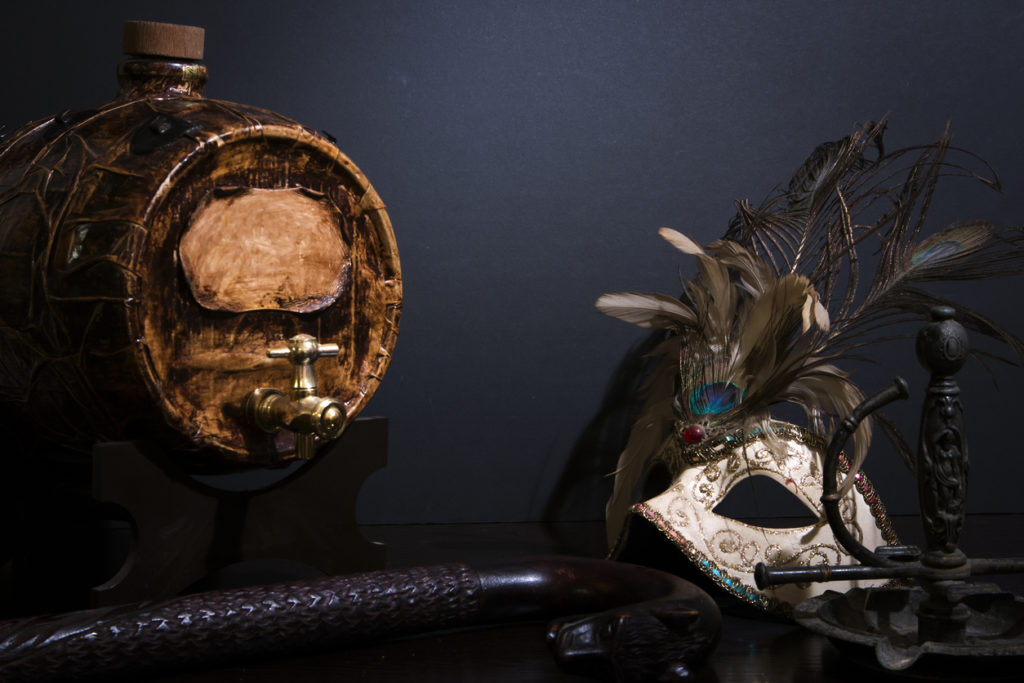Is there anything quite as irritating as dry eye? Sure, there are plenty of things one could think of that are guaranteed to drive you mad, but dry eye in particular ranks high. That withered feeling and stinging, combined with sensitivity and the sensation that your eyes just simply are not working as they should.
Dry eye is a damned annoyance and it is one of the most common complaints ophthalmologists encounter on a daily basis. There are certainly more dangerous and sight threatening conditions patients can experience, but that does not subtract from the frustration caused by dry eye. Like the common cold, it is a relatively minor, yet pervasive and persistent disease.
Dry eye syndrome has a huge number of causes. According to Dry Eye Syndrome by Drs. Mohammad-Ali Javadi and Sepehr Feizi, dry eye may develop secondary to inflammatory disease (e.g. vascular); environmental conditions (e.g. allergens, cigarette smoke, dry climate); hormonal imbalance (e.g. perimenopausal women and patients under hormone replacement therapy); and contact lens wear. Systemic disorders, such as diabetes mellitus, thyroid disease, rheumatoid arthritis and systemic lupus erythematosus can also lead to dry eye.1
Ever get that weird feeling in your eye?

The classic symptoms of dry eye are the aforementioned irritation, as well as ocular burning, stinging, pain, photophobia and blurred vision. Postmenopausal women may be the largest at risk group; this is due to a decrease in hormonal levels leading to loss of anti-inflammatory protection and decreased lacrimal secretion.2 However, dry eye can affect anyone in any age group.
The pervasiveness of the condition makes dry eye a promising area for research and business development alike. It is a common condition, so there is a large, pre-existing market of patients, and it is also frequently caused by other conditions —making any dry eye-centered product full of potential.. There are considerable possibilities to improve patients outcomes in dry eye treatment, which is the stated aim of Italian manufacturer Resono Ophthalmic.
Resono Ophthalmic, based in the small town of Sandrigo near Venice, Italy, is the manufacturer and developer of the Rexon-Eye. The company believes this tool has the potential to reinvent dry eye treatment. Rexon-Eye is a non-invasive device that provides durable treatment for dry eye by applying low-power, high-frequency electric fields to the eyes to stimulate the metabolism and natural regeneration of cells.
According to Resono Ophthalmic, the key factor of the Rexon-Eye is its QMR® Technology which delivers weak alternate electric current patterns at frequencies (ranging from 4MHz to 64MHz) that are in resonance with tissue molecular bindings. These are placed within a mask that is then laid over the patient’s eyes. The usual duration of Rexon-Eye therapy is four sessions lasting 20 minutes over one week intervals.
Trials and studies across the world

Alfredo Ruggeri is the president and CEO of Resono Ophthalmic, and has enjoyed a decades long career in medical research and development. He has also worked as an assistant professor at the University of Pavia, teaching biomedical instrumentation, for 21 years. Ruggeri is enthusiastic about his company’s product, especially as it stands on the cusp of a considerable leap forward.
“The effectiveness of Rexon-Eye therapy has been convincingly shown in clinical trials. However, we need to strengthen, widen and diversify clinical evidence in different populations, as well as pathologies. Several projects are in progress or are about to start worldwide, Ruggeri said.
“One is in Germany at an eye clinic in Potsdam, which involves 70 patients with bilaterally diagnosed keratoconjunctivitis. We just started one trial each in India and China, and we had a trial including nine patients at Carones Vision, the largest eye clinic in Milan,” he said.
The Rexon-Eye has already received its CE mark, and the company states that it is currently undergoing similar certification worldwide. Another study was due to be launched in Hong Kong this year. However, it was postponed due to the coronavirus pandemic and will instead launch in 2021. The device has a number of distributors across the globe, including SIR Oftalmica S.r.l. In Italy and IKI Medical Shanghai Co.,Ltd in China.
References
1. Javadi MA & Feizi S. Dry Eye Syndrome. Journal of Ophthalmic Vision and Research. 2011 Jul; 6(3): 192–198.
2. Ohashi Y, Ishida R, Kojima T, Goto E, Matsumoto Y, Watanabe K, et al. Abnormal Protein Profiles in Tears with Dry Eye Syndrome. American Journal of Ophthalmology. 2003;136:291–299.



